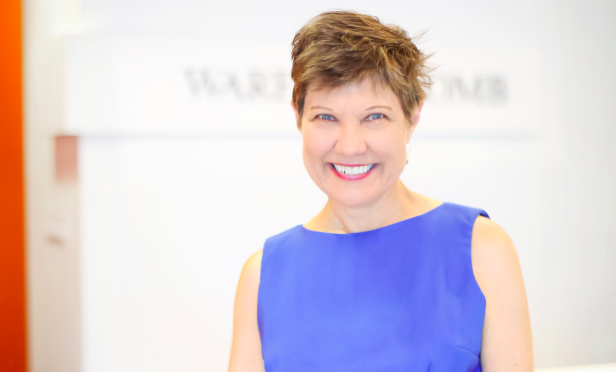Workplace strategy is continuing to evolve in 2019. This year, employers are asking office designers to focus on employee experience, metrics and data analytics and organizational flexibility. Design firm Ware Malcomb has named Cynthia Milota as director of workplace strategy, where she will lead workplace strategy and change management consulting services. She is following the changes in workplace strategy closely to accommodate client needs.
“Borrowing the backwards design method from curriculum development, our workplace strategy approach develops project goals and objectives first,” Milota tells GlobeSt.com. “Then we build the research platform based on questions generated by the project objectives. This methodology is customized to each project and executed in an integrated approach with the design team as an integral part of the research process. While Ware Malcomb has long incorporated key elements of workplace strategy into its design for commercial real estate and corporate clients, my role will be to provide a comprehensive and consistent approach across all markets and areas of expertise.”
The employee experience is integral to workplace strategy today, and employers want a cohesive experience from start-to-finish. “Employee experience is a matter of simplification: from your time in the parking lot to getting a latte, to finding a place to work, to logging into the Wi-Fi,” says Milota. “To attract and retain top talent, employees seek office environments that support wellness and flexible ways of working. To achieve this, the workplace strategy should center around the employee experience.”
Communication is a key component of the workplace experience. Employees are looking to submit questions and concerns and access information that is integral to their job and productivity. “Metrics/data analytics are in the spotlight, but what are we doing with all this information? What workplace questions are being answered or issues being resolved? With access to increasing numbers of reports, dashboards and metrics, one needs to discern “big data,” which is complex, massive and quantitative, from “thick data,” which is contextual and qualitative,” says Milota. “But it's not the data, but rather what insights can be gained and actions undertaken that really matters.”
Finally, flexibility rounds out the employee experience. “Organizational flexibility examines an enterprises' internal and external agility. Some of these elements we are investigating with our clients include flexible or co-working spaces, tech-enabled multi-function spaces and employee mobility initiatives,” says Milota. “An organization's ability to stay nimble relies as much on their workforce and culture as it does on their physical work environment.”
Ware Malcomb has worked closely with clients to develop a unique approach to workplace strategy that is tailored to individual employer needs, and Milota will lead that platform. “Ware Malcomb's research findings are client-focused with no preconceived outcomes,” she explains. “The final reports offer clear, actionable options, achievable in the project's budget and schedule. This objectives-focused design process is scalable and supports projects of all sizes anywhere along the workplace timeline.”
© Touchpoint Markets, All Rights Reserved. Request academic re-use from www.copyright.com. All other uses, submit a request to [email protected]. For more inforrmation visit Asset & Logo Licensing.







